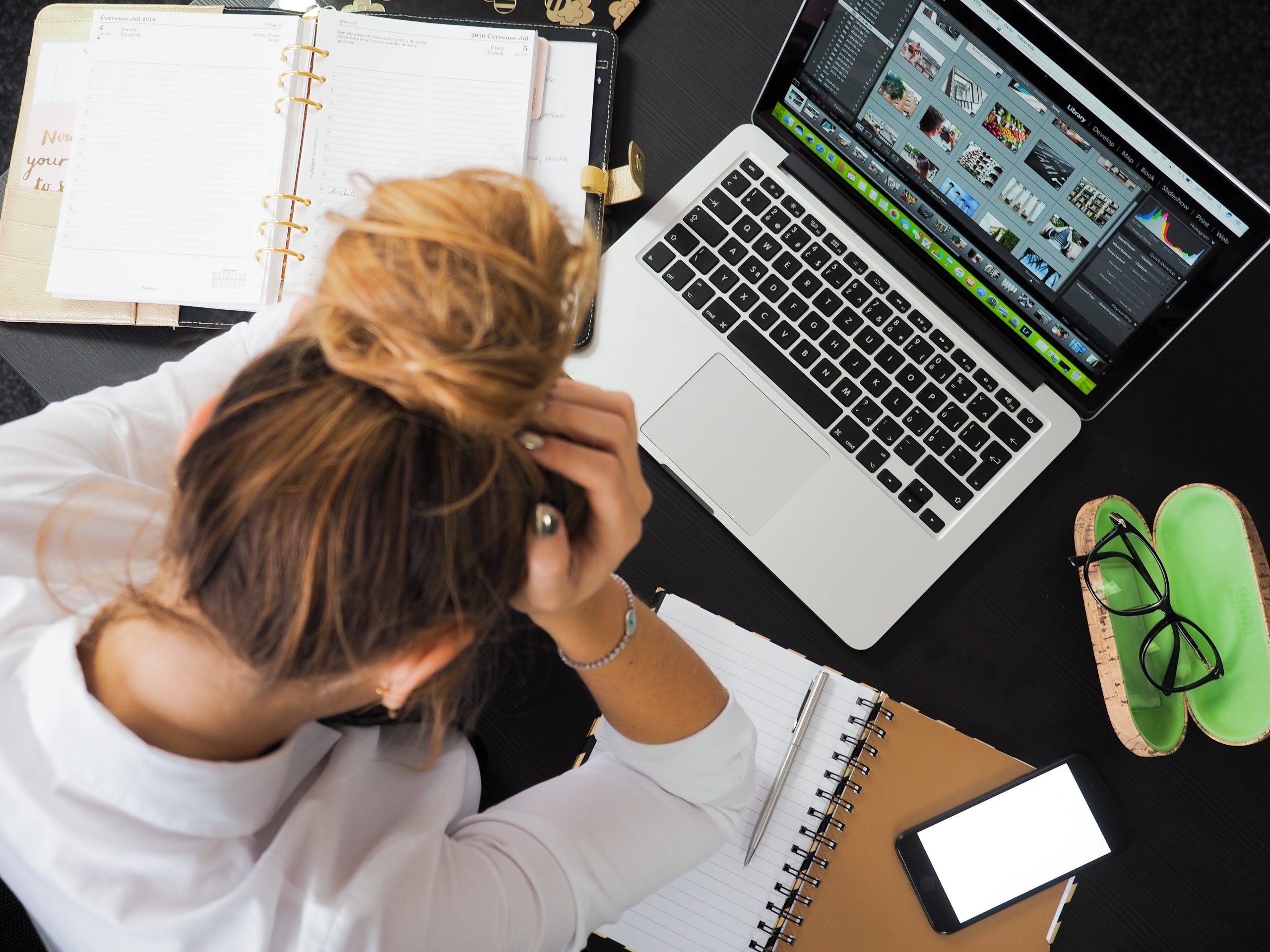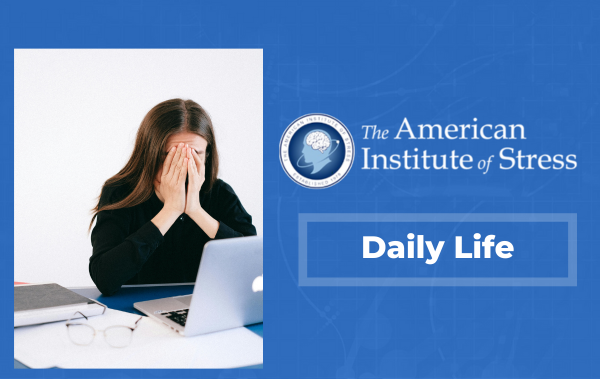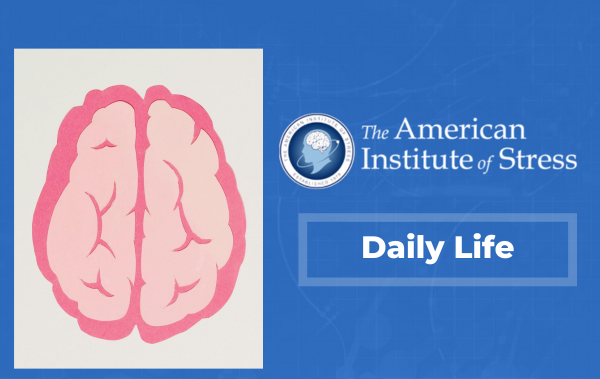 Burnout has blazed a destructive path through offices in the U.S. and around the world over the past few years during a global pandemic that has forced people to work under stressful and traumatic circumstances while throwing the social, political, and economic environment in flux.
Burnout has blazed a destructive path through offices in the U.S. and around the world over the past few years during a global pandemic that has forced people to work under stressful and traumatic circumstances while throwing the social, political, and economic environment in flux.
As burnout has reared its head, workers and managers alike have struggled. A startling number of people have found themselves experiencing burnout, defined by the World Health Organization as an occupational phenomenon resulting from chronic workplace stress that goes unmanaged. Around 42% of the global workforce at the end of 2022 said they were burnt out, according to Future Forum, a research consortium backed by Slack. And according to an April 2023 report from the American Psychological Association, 77% of workers had experienced work-related stress in the last month, and 57% said there had been negative impacts often associated with workplace burnout from that stress.
But some people have successfully avoided burnout, even in high-pressure jobs. It’s hard to put an exact number on this phenomenon, as “few organizations and research institutions are in a position to do those kinds of longitudinal studies,” says Ken Matos, people science director at human resource platform Culture Amp—but the burnout escapees certainly exist.
Who manages to avoid burnout and why is central to Kandi Wiens, co-director of University of Pennsylvania’s master’s in medical education program and author of the upcoming book Burnout Immunity: How Emotional Intelligence Can Help You Build Resilience and Heal Your Relationship With Work. Over the course of her research interviewing chief medical officers during the pandemic, Wiens met health care workers who not only evaded burnout, but thrived in hospitals’ high-stress environments. The experience upended her belief that “everyone experiences burnout.”
“No one is immune to stress. Every one of us feels stress, whether it’s good stress, bad stress, anywhere in between,” she tells Fortune. “But there are people everywhere that are immune to burnout.”
Although most experts agree that the idea of a true, permanent immunity to burnout is impossible, Wiens and others say there are some key emotional tools available to most people that could allow them to choose the right work situation, and thrive under stress.
“It’s all about awareness,” Wiens says. “Awareness has a lot to do with really understanding yourself and what it is that makes you more vulnerable to burnout based on personality, temperament, and what you want out of work.”
Self-awareness and self-regulation
Wiens’ theory is that burnout avoiders are particularly strong in two areas of emotional intelligence: self-awareness and self-regulation.
There’s a certain level of healthy stress that humans actually need, Wiens says, but it’s important to be aware of what keeps you in that “sweet spot of stress” and what puts you over the edge. A physician she met during her research thrived during the pandemic, for example, but he knew the stressful conditions he worked under every day fell within his tolerance level—the same wasn’t true for the other doctors.
Individuals who avoid burnout also develop successful self-regulation tools to help prevent negative thoughts, emotions, and reactions when work stress comes to a head, according to Wiens. Those coping mechanisms can include reaching out to a supportive friend or loved one, engaging in breathing techniques, exercising, getting out of the office into green spaces, or even having a good old-fashioned endorphin-filled cry—whatever can help you re-center yourself to healthily manage the stress you’re under.
Christina Maslach, a psychologist and professor at University of California, Berkeley, who pioneered research on burnout and co-created what many consider the gold standard assessment for burnout, agrees that people who avoid it develop various strategies to deal with chronic job stress. They can also simply adjust their relationship with their job to be a better match for them. That includes taking on less work or saying no to additional work, improving relationships with coworkers, and not constantly thinking about work when they’re not there.
But experts Fortune spoke with are careful to point out that there’s no such thing as a burnout superhero. “It is not that there are only some sort of ‘special people’ who are ‘immune to burnout’ and other people who are not,” Maslach told Fortune via email. That would be a medical way of thinking about it, she says, but burnout isn’t classified as an official medical diagnosis. And “immunity,” says Maslach, might not be the right way to think about avoiding burnout.
“One of the problems of the medical approach is that it frames the question in terms of an individual person, i.e. ‘who is burning out,’ rather than framing it as ‘why are people burning out,’” she says. “It is fine to help people cope with chronic stressors, but a better, preventive strategy is to make changes to eliminate or reduce those stressors, so that people are less at risk for burnout.”
Michael Leiter, professor emeritus at Acadia University and burnout researcher who works closely with Maslach, says that while it helps for someone to be self-aware and have high levels of emotional intelligence, what helps more is having work environments that allow for flexibility, belonging, and respect.
“Coaching people to endure or tolerate disrespectful workplaces would be a catastrophic strategy,” he says. “Developing more respectful workplaces would be the way to go.”
Building a better workplace
Burned-out workers are a big problem for corporate America.
Disengaged employees, and those who are not actively engaged, cost the world roughly $8.8 trillion in lost productivity, according to Gallup. And according to research from Stanford, how workplace stress is managed in organizations correlates to roughly 8% of annual health care costs and leads to roughly 120,000 deaths a year.
Burnout is also related to more than just the workplace, which makes studying the phenomenon even more difficult. Other factors, like someone’s personal life and stressors, can hinder their so-called burnout immunity.
“A lot can be done to prevent it, but it’s very difficult to provide evidence for that. Because looking at everyone who did not get burnout, you don’t know if they all did the right things or not,” says Jacqui Brassey, co-lead of the McKinsey Health Institute, a nonprofit within consulting firm McKinsey & Co. dedicated to improving life expectancy and the quality of life.
That may be why much of burnout research centers on what organizations should do to help foster work environments and culture where burnout is less likely to happen. That includes emphasizing a sense of belonging and purpose for employees, setting and encouraging healthy boundaries, and allowing for flexibility and autonomy.
But managing burnout from the top is also critical, according to Melissa Doman, an organizational psychologist who’s written a book on how to have conversations around mental health at work. The stress that executives experience from financial and performance pressure puts them at higher risk to suffer heart attack and other health issues often related to burnout. Developing emotional intelligence tools to better manage stress, she says, should be a must for leaders.
“Not prioritizing leaders’ emotional health ever was stupid,” Doman says. There’s an increasing expectation and need for leaders to be emotionally intelligent, both for their employees’ benefit and their own. “Just because someone is in a leadership position does not mean that emotional intelligence is a given,” she says.
Perhaps the answer is a mix of both individual emotional intelligence and organizations being intentional about workplace environments to help avoid burnout. Because, “there’s a lot to be said for people who report specific skills reporting lower levels of burnout symptoms,” Brassey says. “So it’s a combination of both, but it’s also definitely trainable.”
This story was originally featured on Fortune.com





